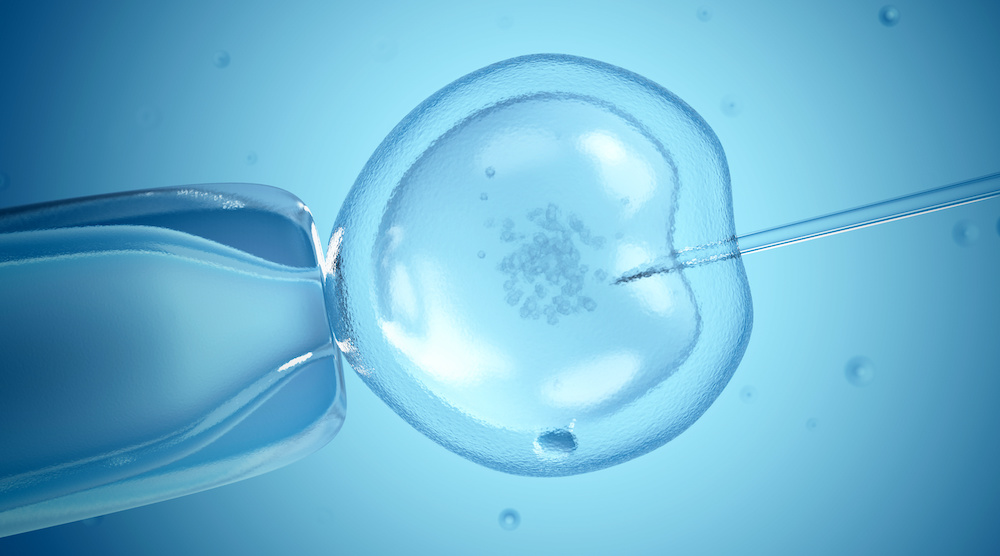What is in vitro fertilization?
Artificial insemination is based on the very fact of depositing sperm in a woman’s uterus. In Vitro Fertilization (IVF) goes beyond this procedure by fertilizing the woman’s egg with the man’s sperm outside the woman’s body. A child born as a result of IVF is commonly referred to as a “test-tube baby”. It is important to understand the different stages of IVF in order to better understand this fertility treatment.
The four stages of in vitro fertilization :
1- Stimulation of the ovaries
This treatment most frequently starts at the end of a spontaneous menstrual cycle to obtain several oocytes. Ovulation stimulation promotes the selection and development of several follicles until maturation develops in the woman’s ovaries. Most often, ovarian stimulation combines the simultaneous or sequential administration of hormones to obtain several mature oocytes at the same time.
The first hormone, FSH, stimulates the ovaries, increasing the growth of the ovarian follicles. Another hormone, LH, is sometimes added.
The second hormone, GnRH antagonist, makes it possible to block the prevention of collecting oocytes for the second stage of IVF.
Reactions of the ovaries vary from one woman to another. This requires careful monitoring helping to correctly adapt treatments, determining the precise moments of which follicular maturation will be best suited to successfully trigger ovulation.
2- Ovocyte puncture
Once the parameters of ovarian stimulation are optimal, the next procedures are an injection of gonadotropin by ovarian puncture, followed by an oocyte retrieval in 36 hours. The doctor first directs a needle to the bottom of the vagina and passes through the wall to reach the ovaries using an ultrasound probe. The contents of the follicles are aspirated, all under intravenous sedation and local anaesthesia. Collected fluids are examined, then placed in a culture medium reproducing conditions similar to those encountered in the fallopian tube.
When the procedure is completed, the total number of eggs collected become known. On the same day, these eggs are put into contact with the sperm in vitro to be fertilised, eventually forming embryos.
3- Insemination
The insemination is carried out the same day as the oocyte retrieval. Eggs interact with the sperm in vitro to become fertilised and transformed into embryos. Sometimes, sperm are directly injected into the oocytes to facilitate fertilisation, with solutions placed in an incubator at 37°C. The following day, the number of fertilised oocytes are observable, but only after 48 hours they become obtained and counted.
4- Embryo transfer
Five days after oocyte collection, the embryo transfer effectuates the deposit of one or more embryos inside the uterine cavity. This procedure requires the patient’s bladder to be filled, in order to retrieve a better visualization with an abdominal ultrasound probe.
What happens next?
Waiting for the pregnancy test is often the period causing the most anxiety for patients undergoing IVF treatment. A blood test is performed 7-10 days after the transfer: accurately detecting the pregnancy hormone (hCG) in your blood, determining if the in vitro fertilization has been successful.
If you are considering IVF, our team of fertility specialists at the RCC Fertility Clinic is ready to answer all your questions and to accompany you throughout the process.
Contact our Infertility Treatment Clinic in Mississauga, ON today to arrange an appointment with a physician.










